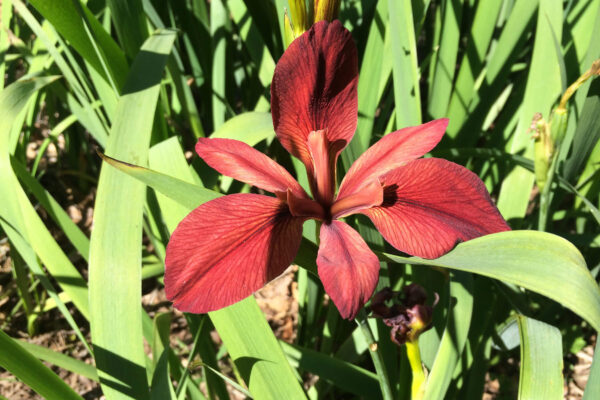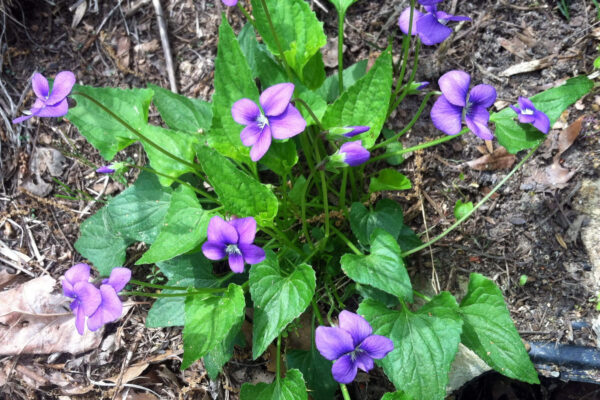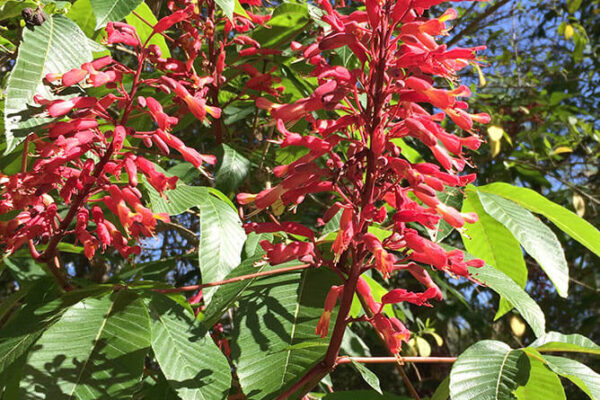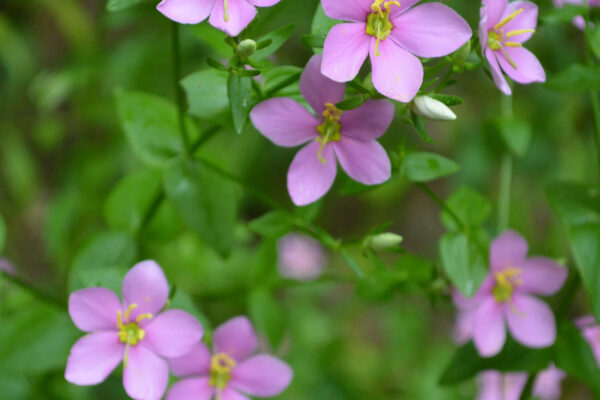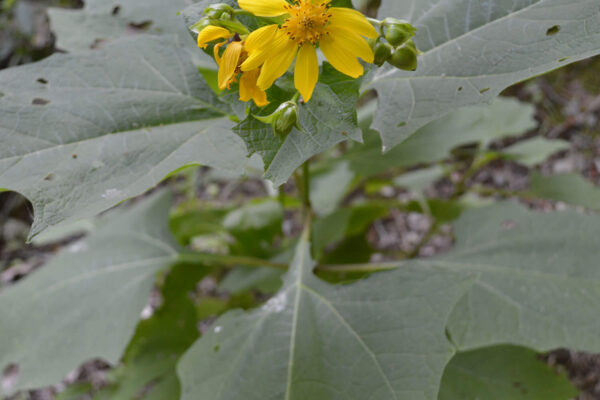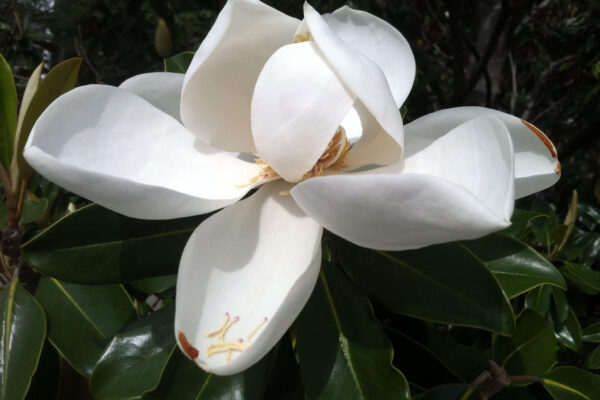If you want an iris that has a lot of color but is very low maintenance, maybe the Louisiana iris if for you. The wide variety of colors and shapes in these irises make them very popular. This is a favorite of mine and I find the unique flowers gorgeous. The leaves are attractive, providing texture in the garden long after the blooms are gone. …
Gardening with Native Plants
Native plants are well-suited to the growing conditions in your area and are often great nesting habitat, a food source, or a host plant for the wildlife around you. By adding native plants to your garden, you can create wildlife habitat that helps pollinators like bees and butterflies, attracts hummingbirds and songbirds, and provides cover for many small mammals. Learn about native plants and how to grow them in your garden.
Common Blue Violet (Viola sororia)
The little purple-blue flowers of common blue violet are blooming all over my grass under the trees, where it stays moist for long periods of time. I always try to mow around them as much as I can so that I can enjoy the wildflowers. They bloom in early spring into early summer, from April to June and sometimes July. Common Blue Violet Plant …
Red Buckeye Flowers For Butterflies, Bees, and Hummingbirds
Red buckeye (Aesculus pavia) has bright red flowers. The flowers of this native shrub are a favorite of hummingbirds and butterflies in early spring. In the southeast, it blooms in late March and early April, and you can hear the hummingbirds buzzing around the blooms. The red buckeye always catches my eye when it is blooming. These tall …
Continue Reading about Red Buckeye Flowers For Butterflies, Bees, and Hummingbirds
Rosepink (Sabatia angularis)
This beauty can be found growing in the majority of the United States. It is native to the eastern U.S. - as far east as Kansas and Illinois, down to New Mexico, and north to Wisconsin. It is also native to Ontario, Canada. It is hardy in USDA zones 5 to 9. Its vibrant pink or white flowers bloom in July through September and are about 1 inch in …
Bear’s Foot or Hairy Leafcup
Native to the eastern United States, up to Michigan, and across to Texas and Kansas (see the distribution map), this perennial plant can be found in forest gaps, along the edges of fields and forests, in thickets, bottomlands, and grasslands. It can grow in full sun or part shade and tolerates a wide range of soil moisture conditions. Bear's …
Southern Magnolia (Magnolia grandiflora)
You'll see beautiful, tall southern magnolias anywhere you go in my state. They are nearly ubiquitous in front of antebellum homes in the South, which is a testament to their popularity during that time in our history. I love the sweet, gentle lemon scent of the blooms and the large white petals. It's a bonus that the trees are evergreen, so …
Continue Reading about Southern Magnolia (Magnolia grandiflora)

